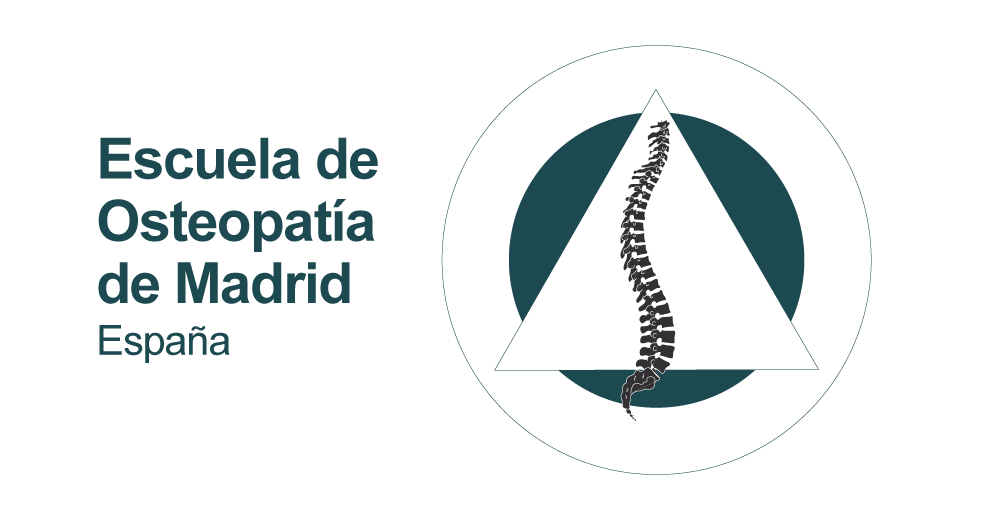OSTEOPATHY IS…
We will try here to show the basic principles of a great therapeutic methodology, as is Osteopathy. We’ll start by saying that this is not an alternative medicine, or a series of disconnected techniques from a set idea, that can be applied outside an osteopathic overall treatment plan, conceived from a “clinical-functional-osteopathic”.
Therefore, it is a therapeutic discipline and a body of knowledge based on:
the anatomy and physiology of the human body, in the knowledge of how the different tissues involved in the production of the disease and the application of normalization techniques altered functions,techniques developed over more than a century of evolution of the discipline (the first school of Osteopathy in 1892 in the U.S.) through the School of Osteopathy or Osteopathic medical schools, depending on the development of discipline in each country.
How does it work?
Self-regulatory mechanisms in the body are insured by the nervous system, circulatory and lymphatic systems. Loss or reduction of these intrinsic mechanisms can lead to disease states. The osteopathic intervention could influence especially in pre-pathological states, in functional disorders phases of initial symptomatic manifestations, but for lack of information or health culture, most of the time patients go to osteopathic treatment in advanced phases of impaired health. In these cases, osteopathy also facilitates self- inherent mechanisms, allowing the body to recover and obtain the normalization of the altered functions, which results in decreased symptoms and reunion with the health condition.
Osteopathy works thus facilitating compliance and self-regulation of any disease organism and do not therefore dependent on external or purely passive solutions, as is the use, sometimes excessive drug. Osteopathy, in a context of holistic approach through global models bio-psycho-social medical, retrieves or promotes homeostasis and mechanical balance of all body tissues musculoskeletal, nervous, visceral, circulatory etc, and does so with applying manual techniques directed to identify the pathological tissues in the osteopathic functional diagnosis.





